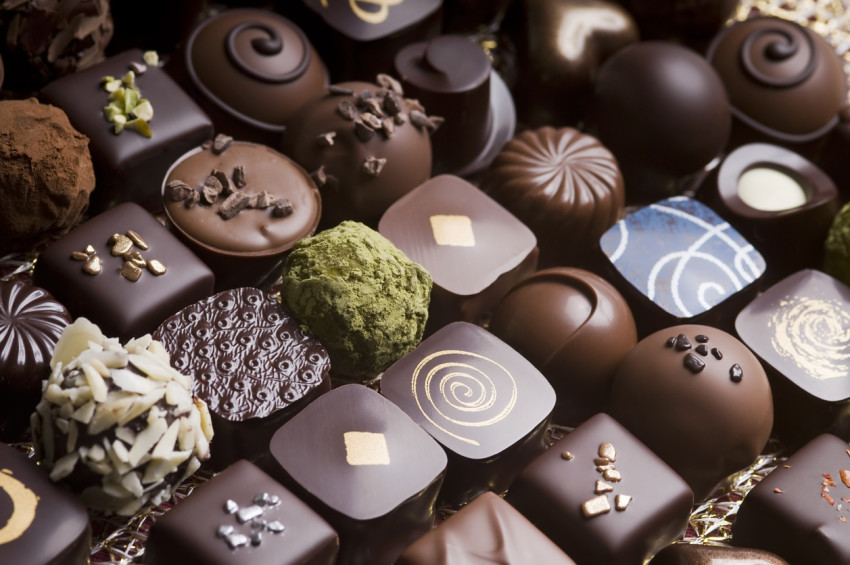How Valentine’s Day celebrations looks like in Japan
Shops in Japan are really on top of their holiday displays. As soon as the clocks strike 9:30 p.m. on Dec. 25, the Christmas trees turn into New Year’s decorations. These then change to oni (demon) masks faster than you can say mamemaki (bean throwing) for Setsubun.
If you regularly shop in places like Loft or Tokyu Hands, you might have noticed another display slowly taking over retail spaces: Valentine’s Day. Celebrated on February 14, like other places in the world, during the weeks leading up to Valentine’s Day in Japan, you’ll see rows and rows of gift boxes, wax paper, ribbons and the like in every shade. Plus, there are veritable mountains of chocolates, sprinkles and other ingredients to tease over eager crowds of women.
The Three Main Kinds Of Gifting Chocolate
Valentine’s Day is celebrated differently in Japan than in most other countries. Here, women prepare chocolates or other sweets for the object of their affection. They may even prepare some for other important people in their lives.
Giri Choco’ (Obligatory Chocolates)
Giri choco is the term for chocolates given out of obligation to others. They are usually store-bought and, while quite nice, not something to get very excited over. Many women give these to their male co-workers, bosses and even their fathers and brothers.
‘Honmei Choco’ (True Love Chocolates)
Honmei choco is only given to your crush, boyfriend, husband or someone to whom you want to confess your love. These tend to be homemade but can also be purchased at luxury chocolate shops, high-end department stores, or even imported.
‘Tomo Choco’ (Friendship Chocolate)
Tomo choco is short for 友達チョコレート (tomodachi chokore-to; “friendship chocolate”), so it’s the sweet gift you’d give to your most beloved besties! These can be either bought or homemade, it’s up to you. Some friends with partners may even choose to make their honmei choco together while also making each other a tomo choco for fun too.
What Do The Men Do In Return?
Well, you’ll have to wait until next month to see a return—specifically, March 14 or White Day. If you aren’t careful, it can be a nerve-wracking wait.
Coming from a country where Valentine’s Day is a reciprocal holiday, I was at first appalled by this practice. After having lived here for so long, though, I do see the appeal — especially after having made more Japanese female friends. It’s fun to really get creative and put effort into making something for someone that you love or to whom you want to express your feelings — in fact, it can be quite therapeutic (as long as the feelings are mutual).
Cooking, Decorating & …Witchcraft?
Whether you’re a gourmet chef or someone who can scald water, there are honmei choco recipes and kits aplenty. Wherever you look from mid-January onward, cacao is front and center. Cooking is the relatively easy part.
Decorating is a slightly harder step to master. You want the perfect balance of form and function for your perfectly prepared sweets. Your darling’s favorite colors, the appropriate size parcel and a balance between your “feminine senses” and their “machismo” needs to be accomplished. That’s a tall order for some bits of paper, ribbon and foil to handle!
This brings us to the third—and most fascinating—part: witchcraft.
Whether you believe it or not, in recent years, many Japanese women seem to have resorted to the magic arts (of both white and black varieties) in order to give their homemade bonbons that extra edge. I’m not exaggerating: women that I know—and men who have felt confident enough to share their experiences with me—have shown me:
- Chopped up hairs
- Herbal love potions
- Blood (!)
- Torn-up pieces of fortunes from love shrines
click here to read more

